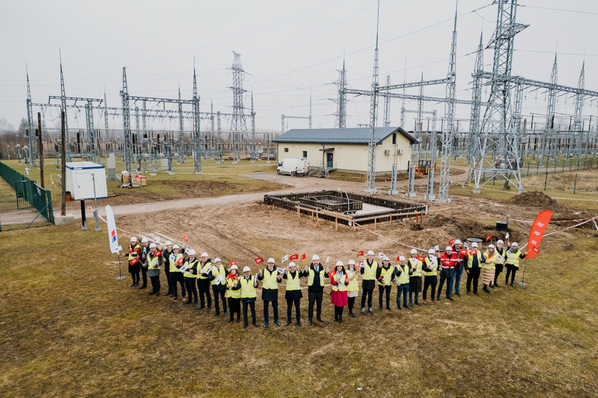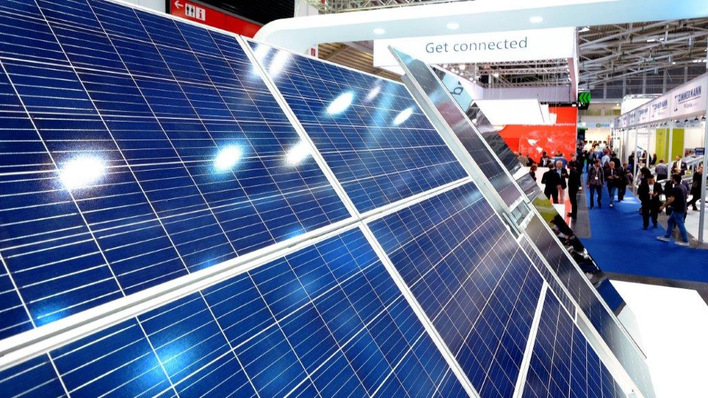Conventional string inverters currently work with output voltages of between 400 and 800 volts AC. There are two reasons why the voltage has not been increased further to date, despite further increases in power plant output: Firstly, the challenge of building an efficient and compact inverter based on silicon semiconductors. Secondly, the current standards, which only cover the low-voltage range up to a maximum of 1,500 volts DC.
Savings potential through thinner aluminium cables
In cooperation with Siemens and Sumida, researchers at Fraunhofer ISE have now developed an inverter that allows the output voltage to be increased to the medium voltage range (1,500 volts) with an output of 250 kilowatts. This was made possible by silicon carbide semiconductors. The research team also implemented a cooling concept in which the use of aluminium was also reduced.
See also: Organic solar cell delivers new world record of 15.8 percent
In a typical solar power plant, several dozen kilometres of copper cables are laid. There is considerable potential for savings here by increasing the voltage: for a string inverter with an output of 250 kilowatts, a minimum cable cross-section of 120 square millimetres is required at today's possible output voltage of 800 volts AC. If the voltage is increased to 1,500 VAC, the cable cross-section is reduced to 35 square millimetres. This reduces copper consumption by around 700 kilograms per kilometre of cable.
Current standards do not cover the voltage range
The MS-Leikra project leaves the normative conditions of low voltage behind. The current standards for photovoltaics do not cover this range. The project team is therefore also looking at the standardisation work that will result from the increase in voltage. Following the successful feed-in to the medium-voltage grid, the research team is now looking for developers of photovoltaic parks and grid operators to test the power plant concept in the field. (nhp)
Also interesting: Car hoods with integrated solar cells








